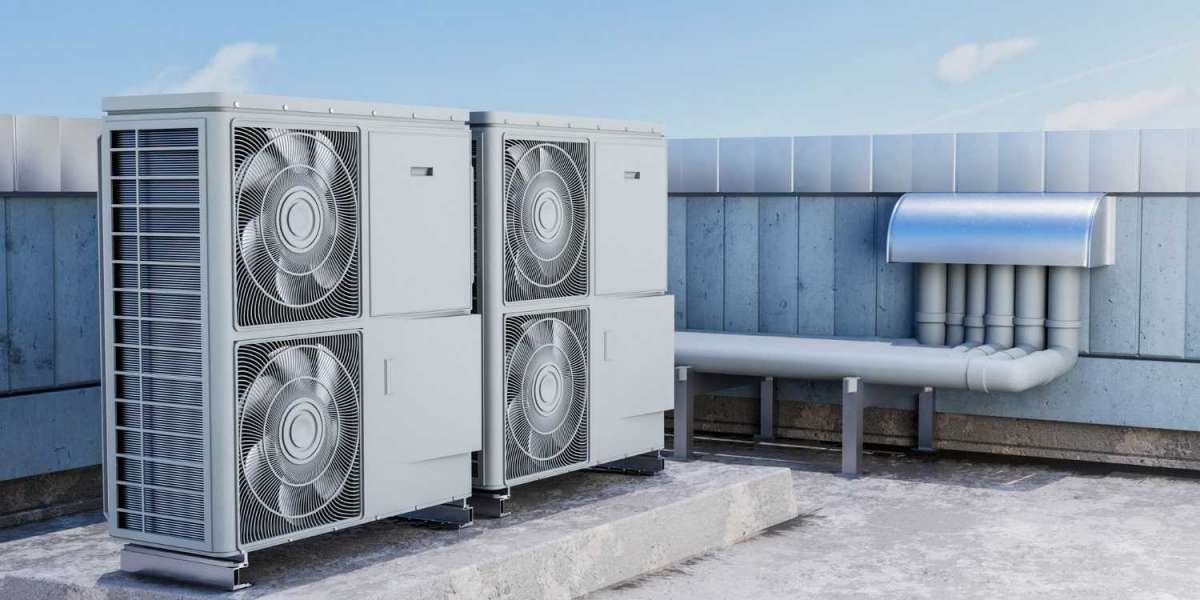In today's hyper-connected world, wireless devices are the backbone of our digital lives. From smartphones and wearables to IoT sensors and smart home gadgets, these devices rely on seamless wireless communication to function effectively. With the proliferation of wireless technologies like Wi-Fi, Bluetooth, LTE, 5G, Zigbee, and NFC, wireless device testing has become more critical than ever.
Whether you're a manufacturer, developer, or quality assurance engineer, understanding wireless device testing is key to ensuring product reliability, regulatory compliance, and market success.
? What is Wireless Device Testing?
Wireless device testing involves evaluating the performance, interoperability, and compliance of devices that transmit and receive data wirelessly. The goal is to ensure that the device functions as intended in a variety of real-world conditions, adheres to regulatory standards, and delivers a high-quality user experience.
This process includes testing:
RF performance (Radio Frequency)
Protocol compatibility
Signal integrity and range
Battery performance under wireless load
Security and encryption standards
Environmental and interference resilience
? Types of Wireless Technologies Tested
Wireless devices may use one or more of the following communication protocols:
| Protocol | Use Case | Frequency Band |
|---|---|---|
| Wi-Fi | Internet access, video streaming | 2.4 GHz, 5 GHz, 6 GHz |
| Bluetooth | Audio, data sync, wearables | 2.4 GHz |
| Zigbee/Z-Wave | Smart home, IoT | Sub-GHz and 2.4 GHz |
| LTE/5G | Cellular communication | Various (600 MHz to mmWave) |
| NFC | Contactless payments, pairing | 13.56 MHz |
| LoRaWAN | Long-range IoT | Sub-GHz |
Each of these technologies requires tailored testing methods, tools, and regulatory certifications.
? Key Aspects of Wireless Device Testing
1. RF Testing
Tests transmission and reception capabilities:
Signal strength and sensitivity
Frequency accuracy
Spectrum mask compliance
Power output
Spurious emissions
? Tools: Spectrum analyzers, signal generators, anechoic chambers
2. Protocol Testing
Validates proper implementation of communication protocols:
Handshaking and pairing
Data packet handling
Error correction
Compatibility with standards (e.g., Bluetooth SIG, Wi-Fi Alliance)
3. Interoperability Testing
Ensures the device works with third-party products:
Routers, smartphones, accessories
Different operating systems and firmware versions
4. Range and Throughput Testing
Measures performance over distance:
Signal degradation over distance
Maximum reliable communication range
Data throughput under various loads
5. Security Testing
Verifies encryption and security protocols:
WPA3 for Wi-Fi
BLE Secure Connections
Vulnerability to spoofing or man-in-the-middle attacks
6. Environmental Testing
Assesses device reliability in different environments:
Temperature and humidity variations
Electromagnetic interference (EMI)
Physical obstructions
7. Battery and Power Testing
Evaluates energy consumption during wireless activity:
Power draw during idle vs. active states
Impact of wireless functions on battery life
Sleep mode and wake-up tests
?️ Regulatory Certification Bodies
Wireless devices must comply with regional and international standards to be legally sold. These include:
FCC (USA) – Federal Communications Commission
CE (Europe) – Conformité Européenne
IC (Canada) – Innovation, Science and Economic Development
TELEC (Japan) – Technical Regulations Conformity Certification
PTCRB – North American cellular device certification
Bluetooth SIG and Wi-Fi Alliance – Protocol-specific certifications
Failing to meet compliance can result in penalties, product recalls, or bans from entering certain markets.
? Tools Equipment for Wireless Testing
Anechoic chambers – Isolate RF signals for accurate measurements
Vector network analyzers (VNAs) – Measure impedance and signal reflection
Protocol analyzers – Decode communication protocols
RF switch matrices – Automate multi-band testing
EMC test systems – Check electromagnetic compatibility
? Best Practices for Effective Wireless Testing
Start early: Incorporate RF and protocol testing in the design phase.
Automate where possible: Reduce manual errors and test cycles.
Test in real-world conditions: Simulate environments like elevators, crowded networks, or rural areas.
Use certified labs: Especially for regulatory compliance.
Monitor firmware updates: Ensure post-launch updates don't degrade performance.
? Future Trends in Wireless Testing
6G and AI-powered testing methodologies
Over-the-Air (OTA) testing becoming standard for antenna design
Integration of machine learning to predict signal anomalies
Cloud-based test management and remote labs
✅ Conclusion
Wireless device testing is an essential component of any product development lifecycle that involves radio communication. As wireless ecosystems become more complex and crowded, thorough testing ensures devices are safe, efficient, and ready for the global market.
By investing in robust wireless testing processes, organizations can minimize failures, reduce time to market, and deliver reliable, high-performance devices that users can trust.













